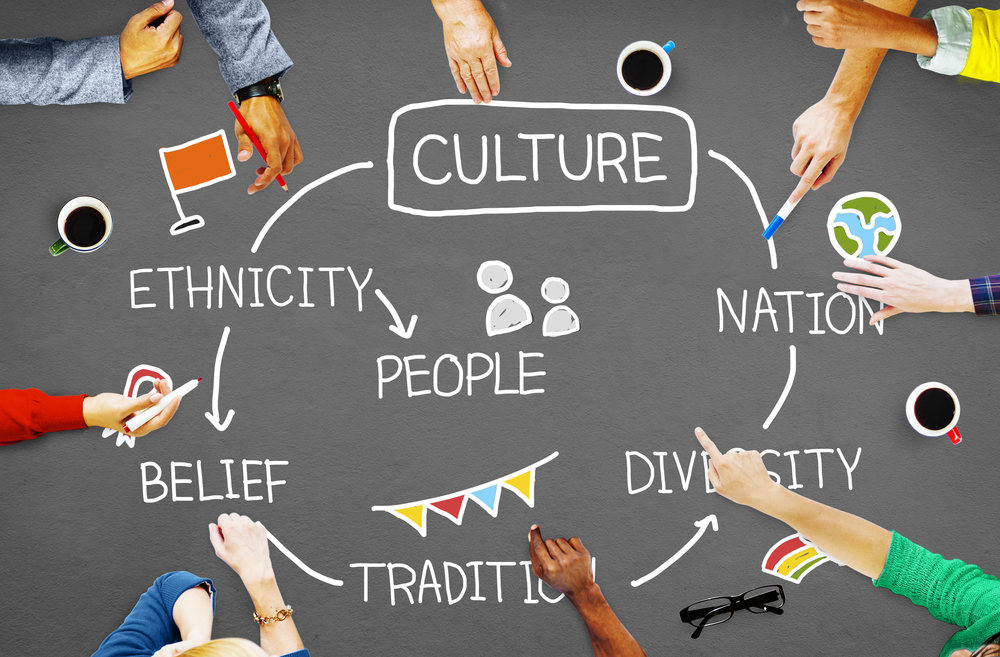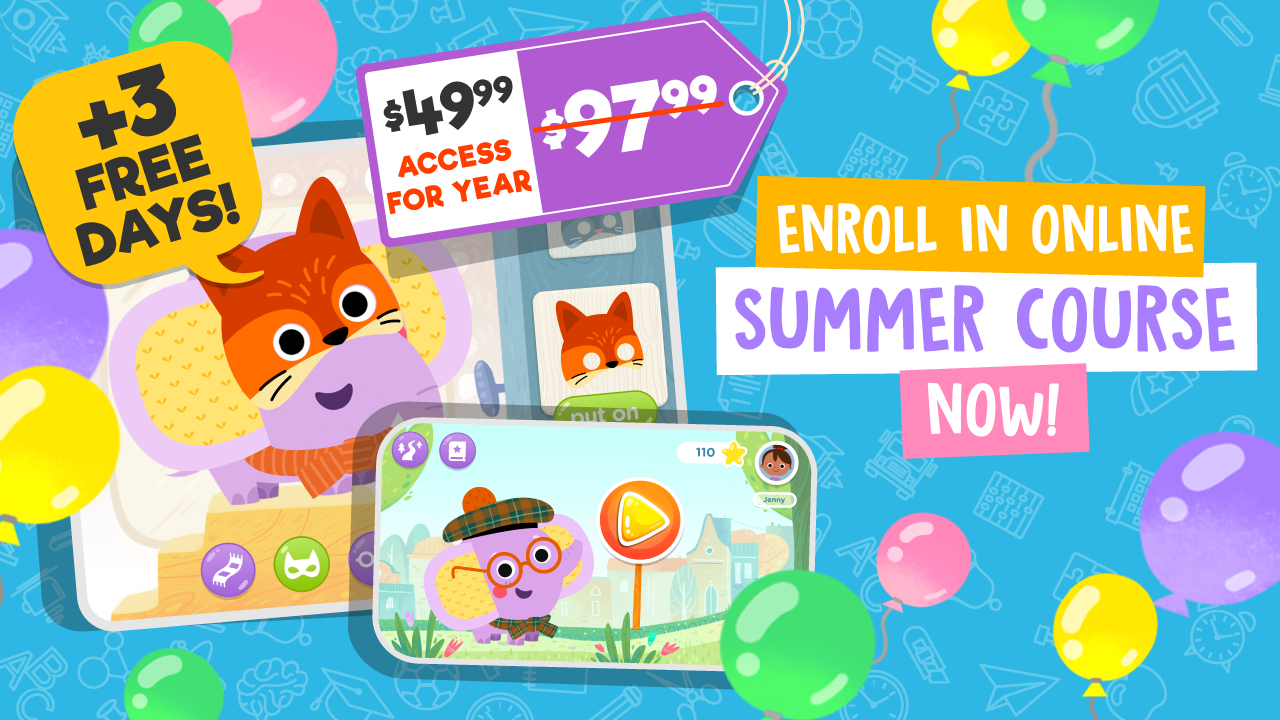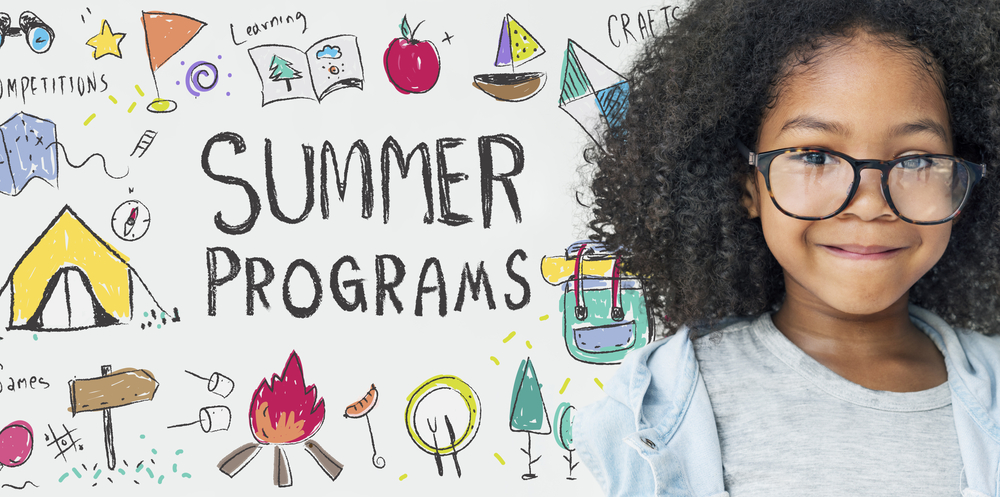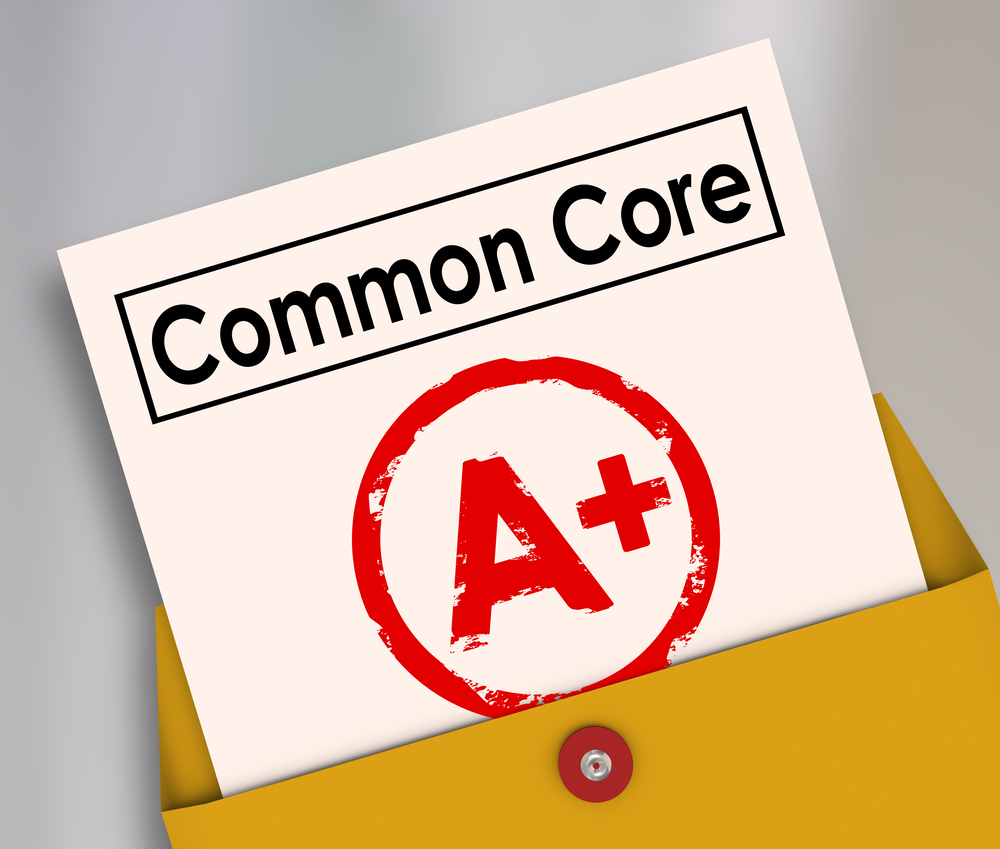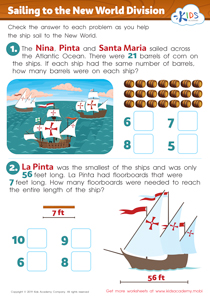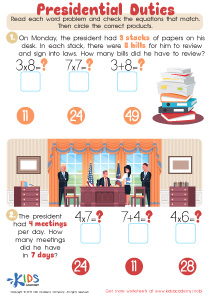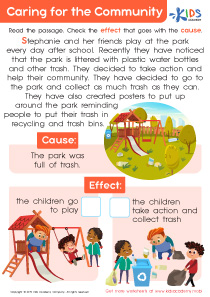Understanding communities Community Worksheets for Ages 5-9
4 filtered results
-
From - To
Discover "Understanding Communities" worksheets designed for ages 5-9 at Kids Academy! These engaging resources help young learners explore the concept of communities through interactive activities. Children can learn about different roles within a community, the importance of working together, and how communities function. These worksheets are perfect for building social awareness, enhancing vocabulary, and developing critical thinking skills in an enjoyable manner. Supported by colorful illustrations and age-appropriate content, "Understanding Communities" worksheets make learning about social studies both fun and educational. Visit Kids Academy to transform your child's understanding of communities and social dynamics!
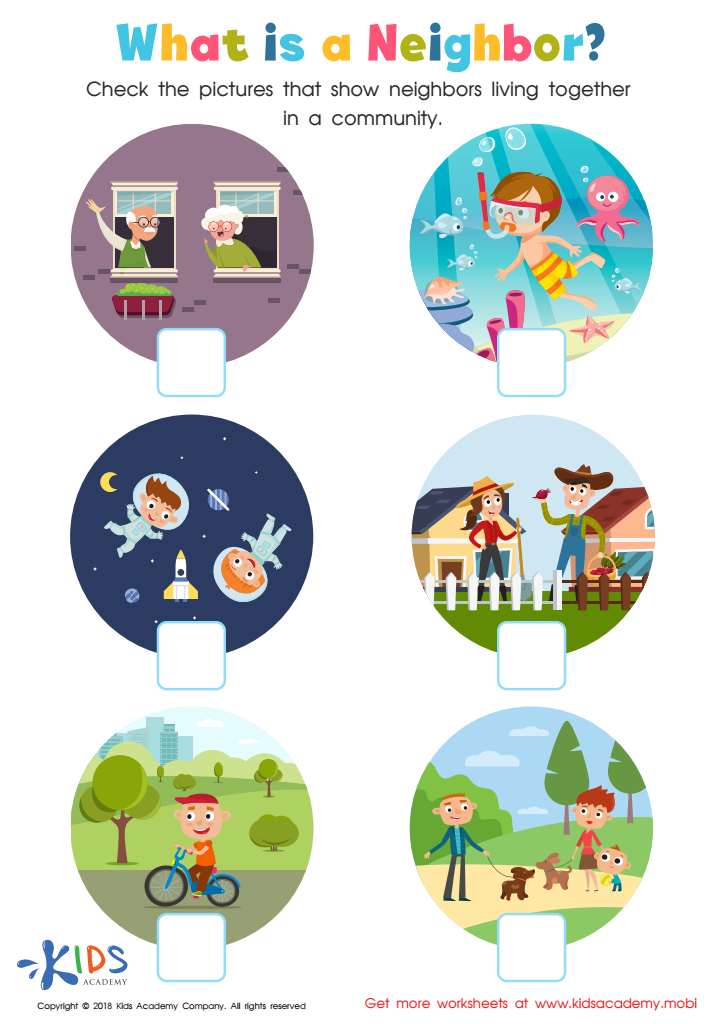

What is a neighbor Worksheet
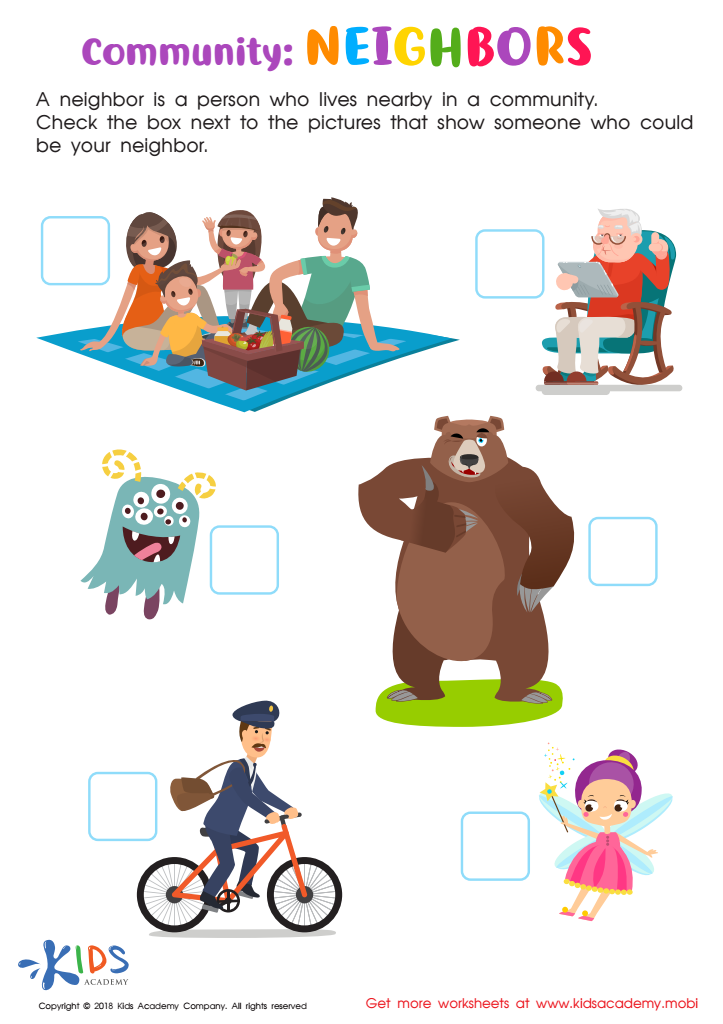

Community: Neighbors Worksheet
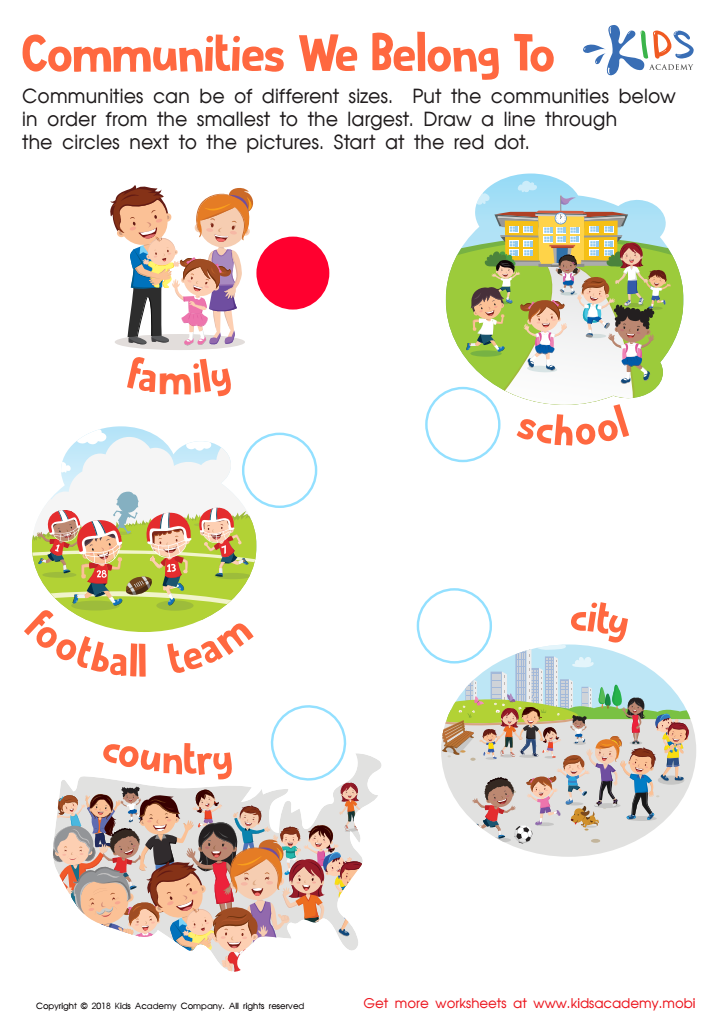

Communities We Belong to Worksheet
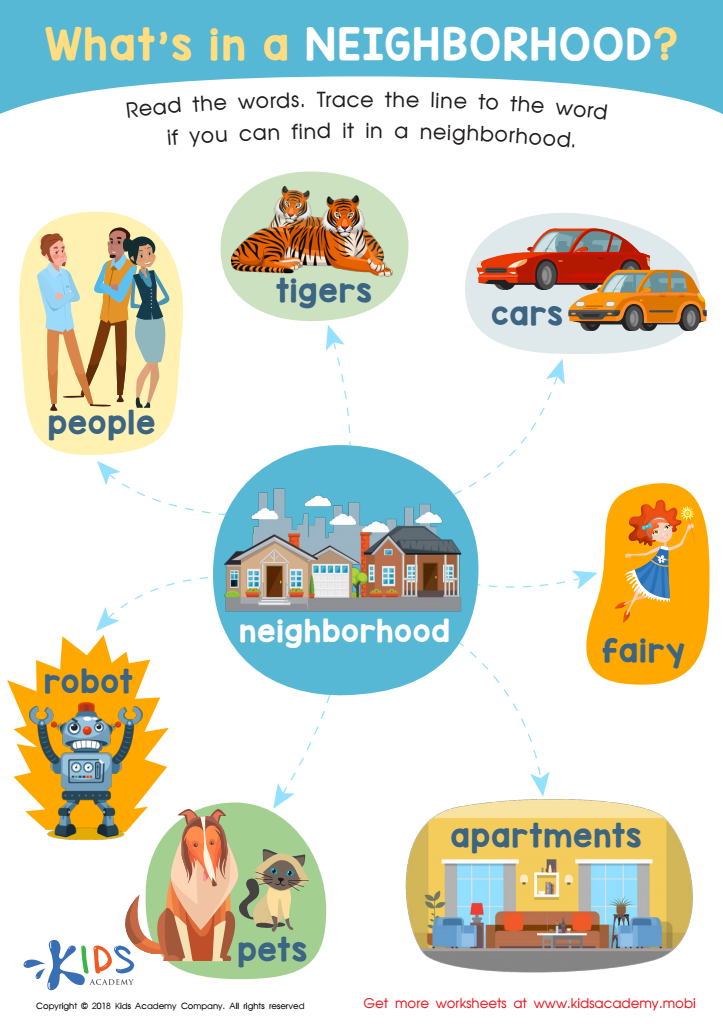

What's in a Neighborhood? Worksheet
Understanding communities is essential for young learners aged 5-9 as it cultivates a sense of belonging, social responsibility, and importance in society. When children grasp the concept of community, they learn about the roles individuals play in making society function smoothly. Parents and teachers alike play critical roles in fostering this awareness.
At this age, children are naturally curious and beginning to notice the world beyond their immediate family. Introducing them to community concepts helps them recognize diversity and the value of collaboration. For instance, understanding that bakers, doctors, teachers, and firefighters all contribute in different but vital ways broadens their perception and appreciation of different careers and people's contributions.
Further, learning about communities promotes empathy and social skills. Interactions with peers, educators, and community members teach essential life skills like communication, cooperation, and problem-solving. These social interactions are foundational for building healthy relationships throughout their lives.
Lastly, when children understand their place in the broader community, they develop a stronger sense of responsibility and belonging. This helps them become proactive members who are more likely to contribute positively in the future. Educators and parents nurturing this understanding provide children with a richer, more connected mindset essential for personal growth and societal engagement.
 Assign to My Students
Assign to My Students





